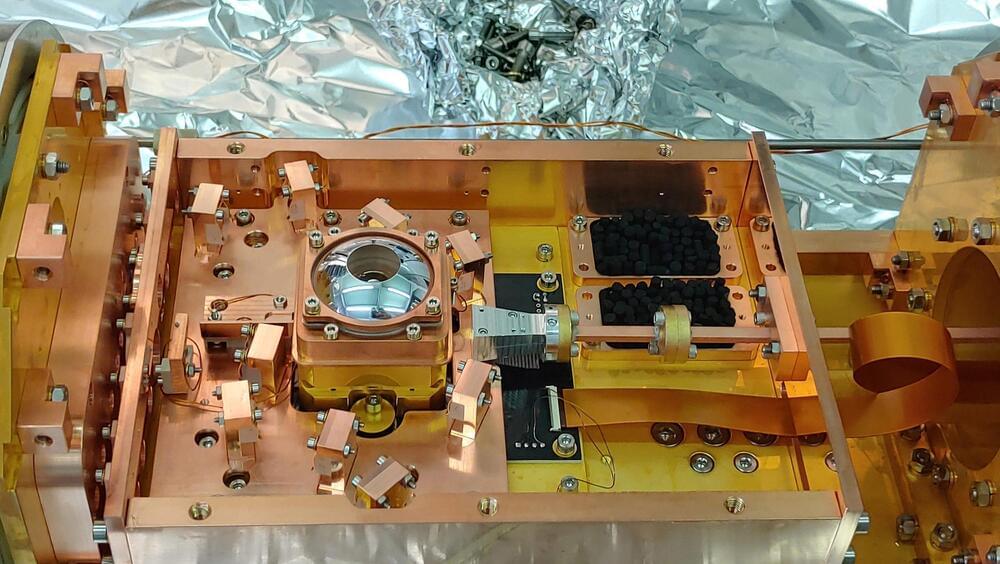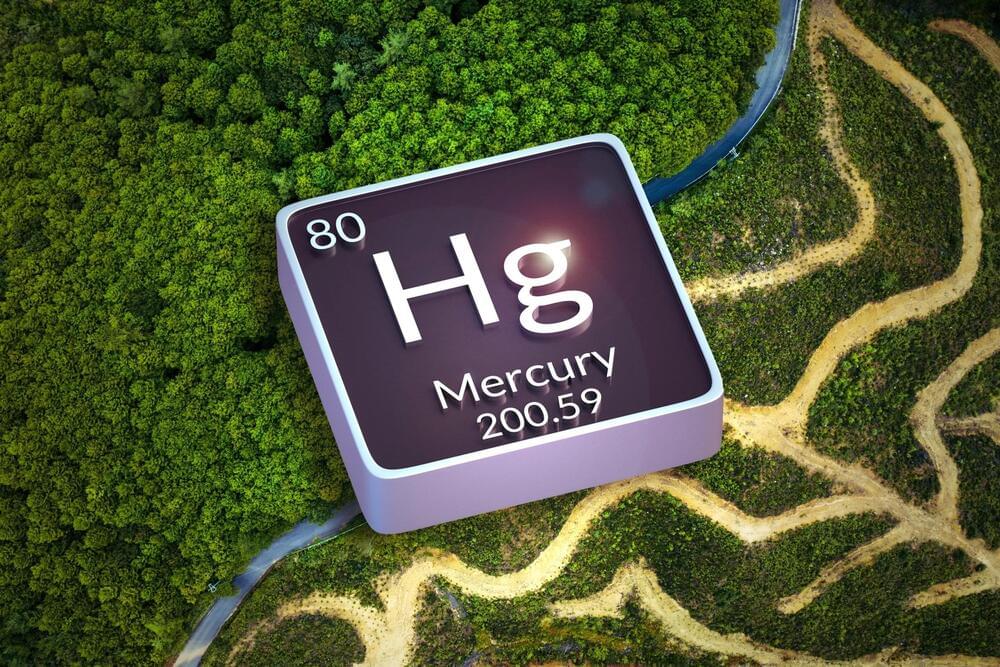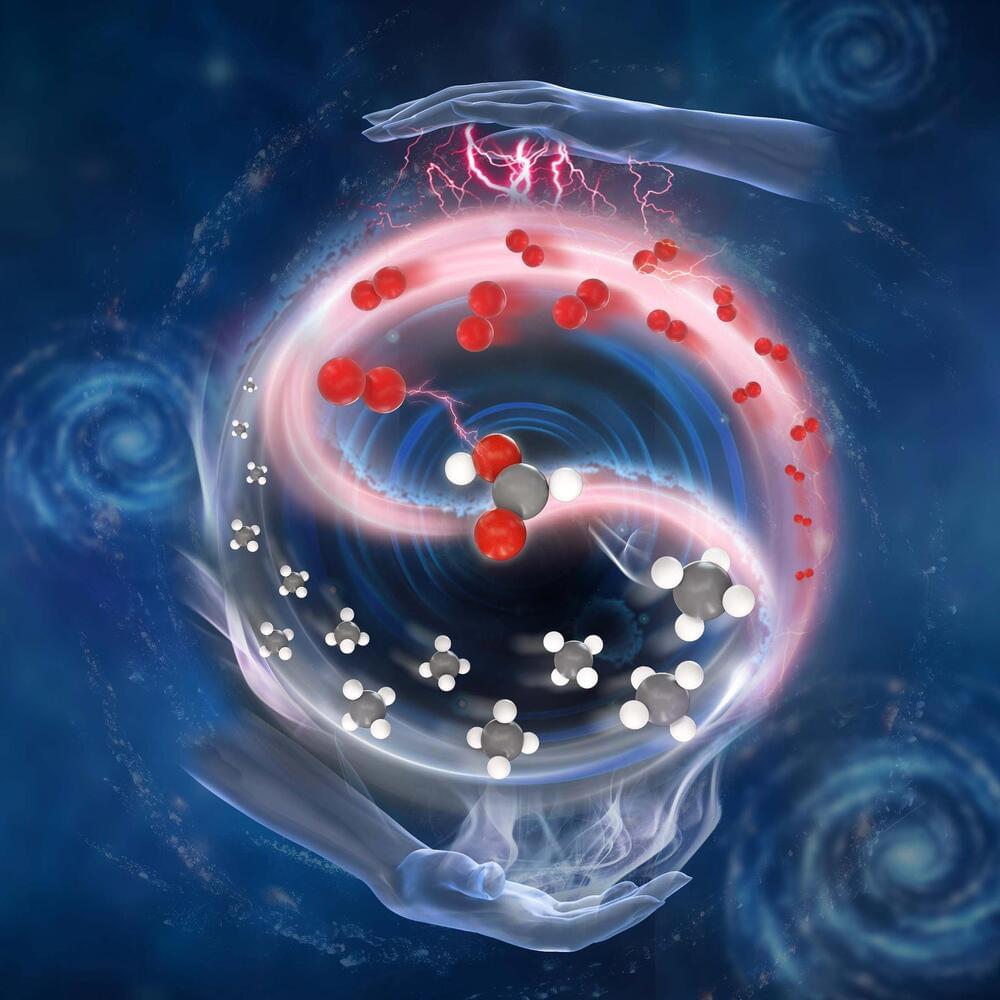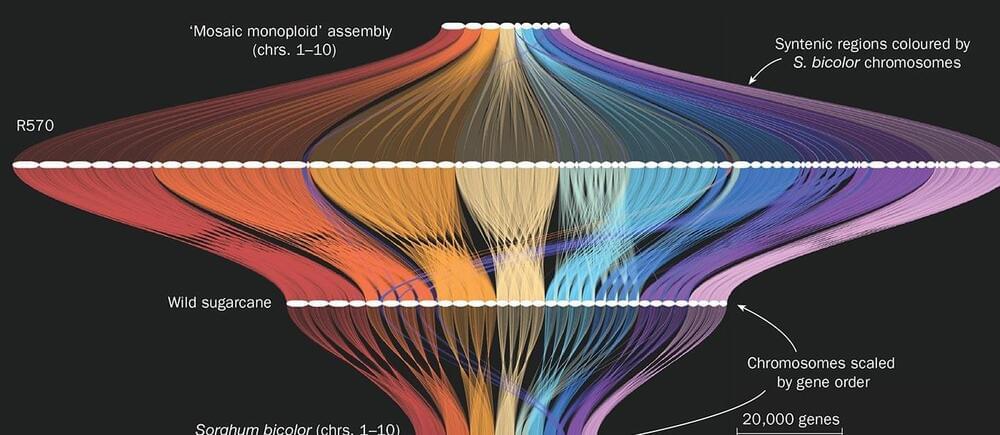Apr 1, 2024
Unlocking the Secrets of Life With RNA’s Ancient Code
Posted by Saúl Morales Rodriguéz in categories: biotech/medical, genetics, robotics/AI
Salk scientists unveil RNA capabilities that enable Darwinian evolution at a molecular scale, and bring researchers closer to producing autonomous RNA life in the laboratory.
Charles Darwin described evolution as “descent with modification.” Genetic information in the form of DNA sequences is copied and passed down from one generation to the next. But this process must also be somewhat flexible, allowing slight variations of genes to arise over time and introduce new traits into the population.
Continue reading “Unlocking the Secrets of Life With RNA’s Ancient Code” »


















